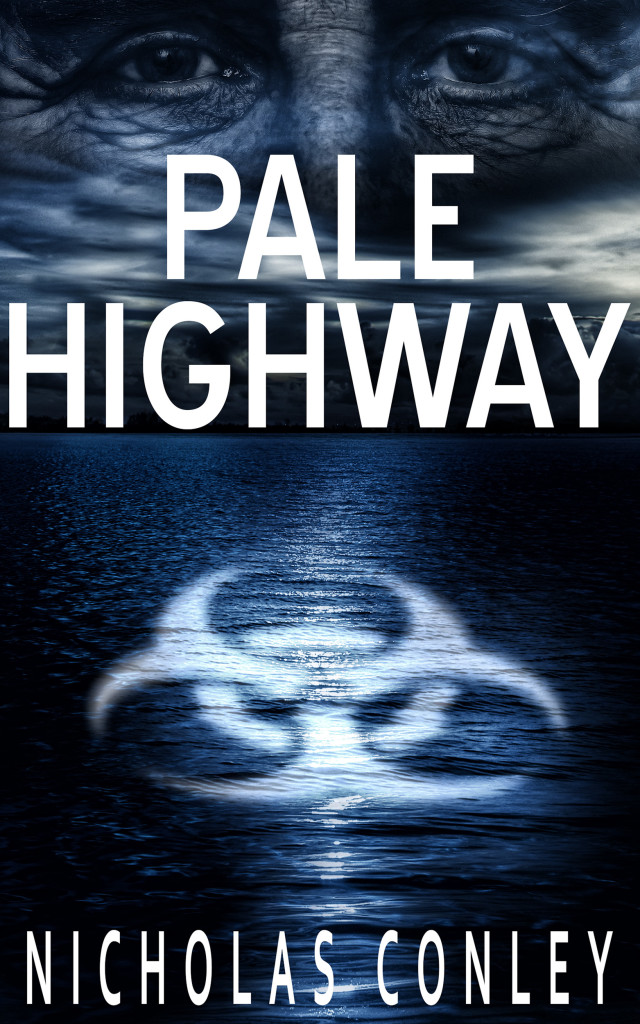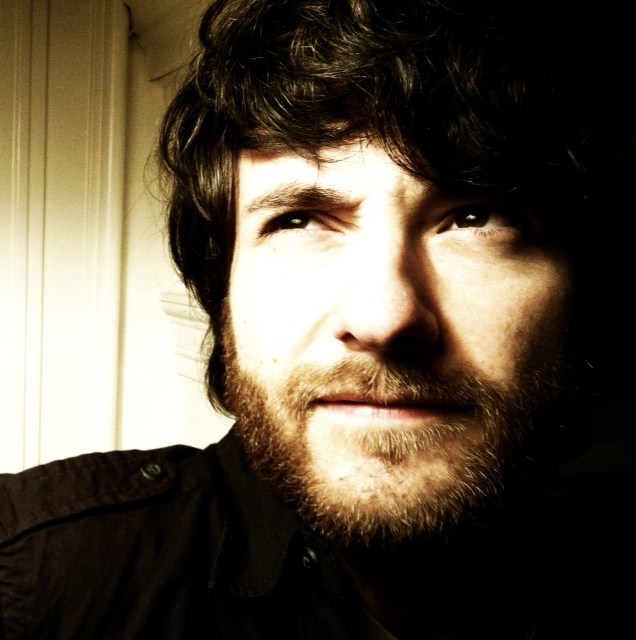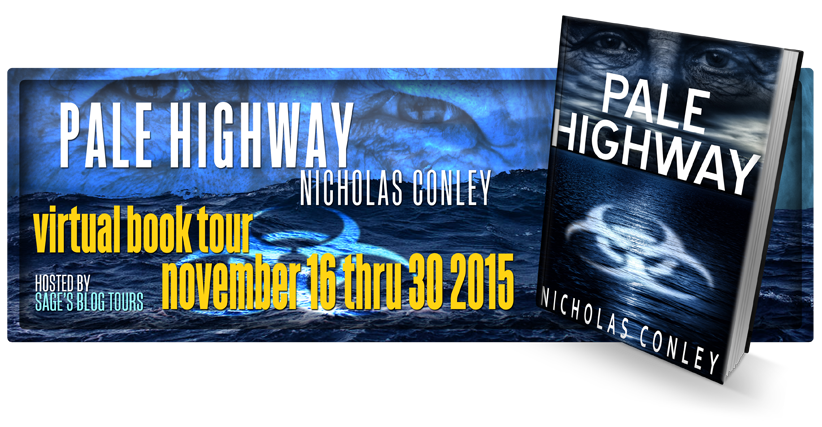This book exists because of my experience working with people with Alzheimer’s. After seeing their struggle—and their courage—I knew it was something I had to write about, especially because Alzheimer’s doesn’t get anywhere near the amount of media coverage that it warrants.
Nicholas Conley – 21 November 2015
The Back Flap
Gabriel Schist is spending his remaining years at Bright New Day, a nursing home. He once won the Nobel Prize for inventing a vaccine for AIDS. But now, he has Alzheimer’s, and his mind is slowly slipping away.
When one of the residents comes down with a horrific virus, Gabriel realizes that he is the only one who can find a cure. Encouraged by Victor, an odd stranger, he convinces the administrator to allow him to study the virus. Soon, reality begins to shift, and Gabriel’s hallucinations interfere with his work.
As the death count mounts, Gabriel is in a race against the clock and his own mind. Can he find a cure before his brain deteriorates past the point of no return?
About the Book
What is the book about?
Pale Highway is a science fiction meditation on Alzheimer’s, nursing homes, and aging. The protagonist is Gabriel Schist, a brilliant immunologist whose entire life has been defined by his ingenuity, but who is now living out his final days in a nursing home as Alzheimer’s disease plucks away at the remainders of his brain, dissolving the person he once was. When a catastrophic new virus starts to infect his fellow residents, Gabriel races to find a cure while struggling against the demented hallucinations that are taking over his mind.
When did you start writing the book?
I came up with the concept for this book after working in the dementia unit of a nursing home. As I wrote about on Vox, the experience of working with Alzheimer’s patients changed everything about how I perceived the world, and the residents I cared for grew to be some of my closest friends. Once I decided that I wanted to write about Alzheimer’s, I also knew that my protagonist needed to be someone with Alzheimer’s—and then, Gabriel Schist emerged from my subconscious and knocked on the door.
How long did it take you to write it?
The concept of Pale Highway first came to me back in 2012. My writing process is complicated, but the best I can explain it is that I tend to spend a long time outlining/researching, then write through the first draft like a speeding bullet, and finish up with a few long, exhaustive rounds of edits.
Where did you get the idea from?
This book exists because of my experience working with people with Alzheimer’s. After seeing their struggle—and their courage—I knew it was something I had to write about, especially because Alzheimer’s doesn’t get anywhere near the amount of media coverage that it warrants. It’s a disease that changes a person’s entire life, and the lives of everyone who surround that person—spouses, children, friends, caregivers.
Were there any parts of the book where you struggled?
At the beginning of the process, the hardest part was getting into Gabriel’s head. While my understanding of Gabriel’s dementia came from personal experience, I felt that it was important to not only understand who Gabriel is today, but also who he was. I do relate to Gabriel in many ways—like him, I’m an introvert—but I’m certainly not a genius immunologist, so understanding this fundamental aspect of his character took a huge amount of research.
What came easily?
Writing about the nursing home itself, Bright New Day. Nursing homes are usually misrepresented by the media, so I thought it was important to write about them honestly, objectively, and as genuinely as possible. Nursing homes are strange, self-contained little worlds that are packed full of wonderful personalities—both residents and staff—but all of these personalities are desperate for more personal attention, and then strangled by a corporate system. Bright New Day is a place that is equal parts melancholic, depressing, oddly humorous, and sometimes scarily depersonalizing—which is exactly what many real nursing homes are like.
Are your characters entirely fictitious or have you borrowed from real world people you know?
I don’t know if I really believe in “entirely fictitious” characters. Fiction is based on the writer’s observations of the real world, filtered and transformed through his or her keyboard. For me, at least, all of my characters borrow traits, mannerisms and quirks from real people I know, or real people I’ve heard of, or from myself. Nobody in my work is a direct lift from real life, but people who know me can usually spot some of my influences.
Do you have a target reader for this book?
Anyone who has an interest in Alzheimer’s disease. Family members, nurses, people with the disease themselves, or even people who don’t know anything about Alzheimer’s, and just want to understand how it impacts people.
How was writing this book different from what you’d experienced writing previous books?
Well, the difference between this and The Cage Legacy is most visible when one compares the protagonists. Whereas Ethan Cage was a young, angry teenager, unsure of who he is and afraid of his future, Gabriel Schist is an old man who wishes he could go back to the past, back to a time when he was still the Gabriel he knew. From a writing standpoint, writing The Cage Legacy was like tying a noose around my neck, which only got tighter and tighter as the narrative sped toward its violent conclusion. Meanwhile, writing Pale Highway was a more intricate, thoughtful and meditative experience.
What new things did you learn about writing, publishing, and/or yourself while writing and preparing this book for publication?
Red Adept Publishing has been absolutely amazing on every step of this journey. My editors were absolutely phenomenal, and the company itself is a smooth, professional operation that’s going to be going big places in the future. As for me, Pale Highway feels like the culmination of this stage of my life, and I can’t wait to see what’s up next.
End of Interview:
Get you copy of Pale Highway from Amazon US, Amazon UK, or Barnes & Noble.



